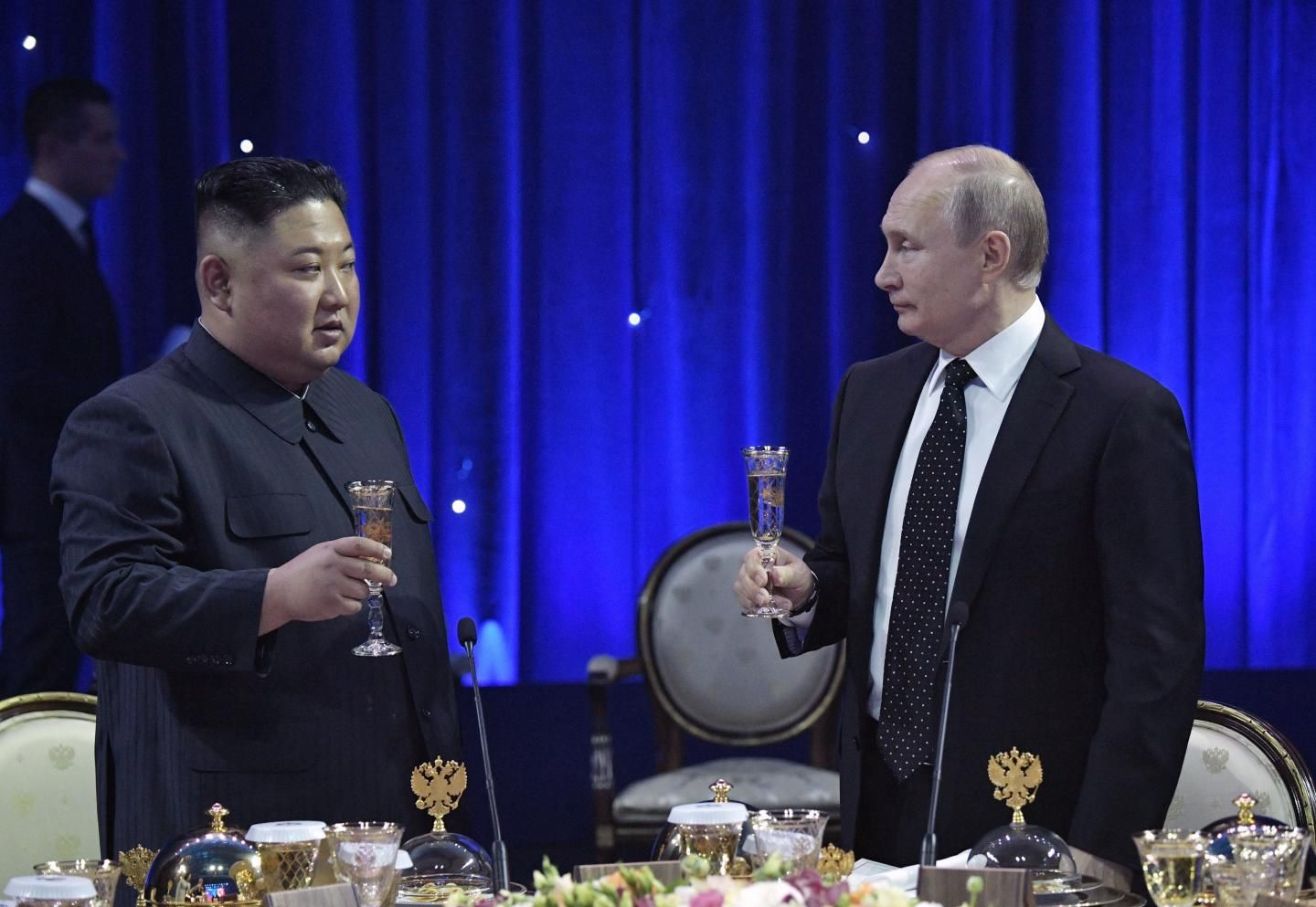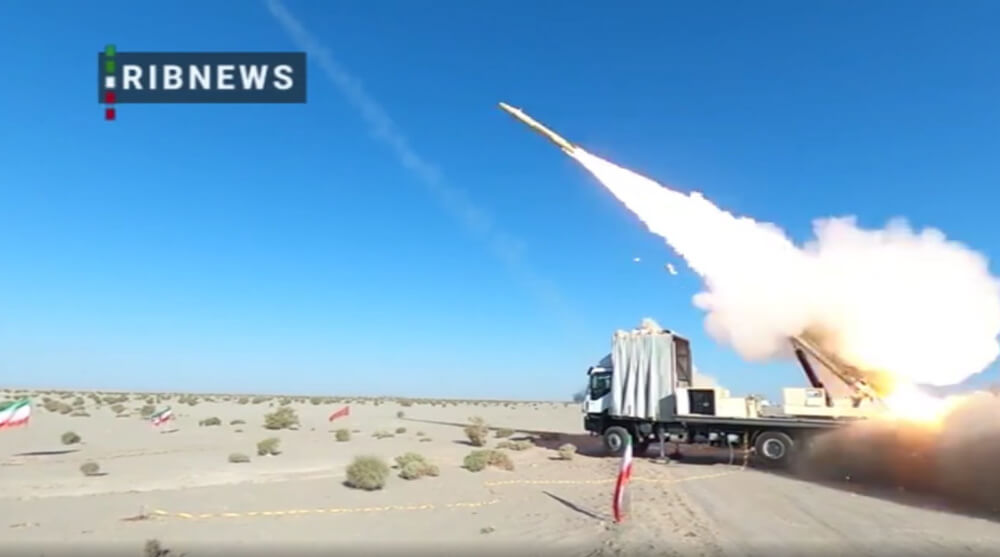There can be little doubt that Russia will respond to the multiple provocations inherent in Ukraine’s ongoing Kursk incursion starting August 6.
Several Russian redlines have been crossed as part of the incursion. These include – attacks on internationally recognized Russian territory, use of NATO weapons on the Russian homeland, participation of Western mercenaries and PMC, and attack on and capture of civilians by Ukrainian forces.
The Russian reaction will likely be proportionate, not escalatory. There is no chance whatsoever that Russia will respond with tactical nuclear weapons (TNWs). There is no need for TNWs. Also, there are few military targets in the field worthy of TNW use, such as large troop or equipment agglomerations.
Iskander-M missiles with cluster warheads would do a better job against smaller temporary agglomerations that may appear from time to time due to (re)deployment of troops along the frontline. In fact, Russia has effectively used Iskander-M missiles on many occasions against such targets.
The Russian response to the Kursk incursion will be proportionate and logical. Through the incursion, Ukraine and NATO have taken the war to the hitherto uninvaded Russian homeland. In a similar vein, Russia will take the war to Kyiv and NATO borders—which, so far, haven’t felt the brunt of the ongoing conflict.
Also, Russia has been very careful when attacking Ukrainian military targets embedded in civilian populated areas. Following Ukrainian attacks on civilians in Kursk, Russia will be less circumspect.
However, Russia will not deliberately target civilians as the Ukrainian forces are doing. Instead, it will use less accurate (not to mention more affordable with no production constraints) weapons when targeting Ukrainian forces deployed in civil areas. The use of North Korean ballistic missiles comes to mind.
Ukrainian media has reported that Russia has already used the North Korean KN-23 ballistic missiles against Ukrainian targets as part of its Special Military Operation (SMO).
KN-23 missiles have reportedly been used in several attacks, including strikes on Kyiv.
The missile can carry a 500 kg warhead to a distance of 700 km. Its quasi-ballistic trajectory and maneuverability make it difficult to intercept. It is a hard-hitting missile with good penetration.
The only problem with the missile is its limited accuracy – approximately 100 m Circular Error Probability (CEP) when using satellite guidance and 200 m CEP when relying solely on its inertial navigation system (INS). Under the circumstances, the relative inaccuracy of the missile will be a virtue, not a handicap) in a Russian retaliation that is less caring about collateral damage.

The KN-23 is likely to be available to Russian forces in far greater numbers than more advanced and expensive homemade missiles like the Iskander-M and Kihzhal.
Demoralizing Citizens – A Game Two Can Play
Ukraine’s Kursk incursion is intended to demoralize Russian citizens and coax them to question their leadership. The problem here is Russia can play the same game.
Indeed, relentless Russian retaliation targeting Kyiv with KN-23 missiles will do a better job of coaxing Ukrainian citizens to question their leadership.
Putting Western Ukraine Under Crosshair
The Russian response will also include putting Western Ukraine, including regions bordering Poland and Romania, under the crosshair.
One reason why Ukrainians in the West have not felt the brunt of the war is because targets in the region are beyond the reach of the 500 km range Iskander-M missile.
Lately, there have been reports that Russia is upgrading its Iskander-M missile for a longer range. Photos of a new 1000 km range Iskander-M, tentatively named Iskander-1000, have appeared on social media.
As production of the Iskander-1000 picks up, cities like Lviv in Western Ukraine will be targeted by destructive precision attacks. The longer-range Iskander will also limit the ability of NATO F-16s to operate from Ukrainian air bases in the west.
NATO F-16s could be based at Dubno airbase in the Rovno region, West Ukraine. The Dubno Airfield is a military facility. It’s likely that weapons are shipments to Ukraine by air. The airfield is out of range of Russian missiles like Iskander-M and Kinzhal.
Iranian Missiles
In addition to the use of the KN-23 missile, Russia may also operationally deploy the much shorter-range Iranian Fath-360 missile.
Reuters recently reported that “dozens of Russian troops” are undergoing training in Iran to use the Fath-360 ballistic missile system.
Two European intelligence sources told Reuters that they expect “hundreds” of these satellite-guided missiles to be delivered to Russia soon.
The Russian Ministry of Defence (RuMoD) is reported to have signed a contract with Iranian officials on December 13, 2023, in Tehran for the delivery of the Fath-360.

The Fath-360 is a short-range ballistic missile (SRBM) designed for tactical surface-to-surface operations. Russia currently doesn’t have a hard hitting and accurate SRBM. It has occasionally used S-300 and S-400 surface-to-air missiles in the role, but not very effectively.
The Fath-360 missile is designed for precision strikes and rapid deployment. It features a 150 kg warhead and a range of 120 km.
If the Reuters report is accurate, Russia likely already has several hundred Fath-360 missiles in its arsenal. A Russian response using hundreds of Fath-360 missiles would be militarily more sensible than the use of a limited number of TNWs.
Conclusion
Climbing the escalatory ladder, it’s highly likely that the West has repeatedly wargamed its escalatory actions against Russia and concluded that the escalations will either be absorbed by Russia for lack of good retaliatory options or provoke an escalatory response that would justify NATO intervention.
A direct conflict with NATO would be an uphill task for Russian forces. It could lead to a loss of support for President Putin and a change in Russian leadership.
In essence, Ukraine and NATO likely see the Kursk escalation as a win-win.
It’s equally likely that President Putin and the Russian political and military leadership are aware of US/NATO intent and have considered, discussed, and honed their response to ensure a different outcome.
While war games can be gamed by skewed data and bad algorithms, human planning is not prone to such errors.
Time will tell who was right!
- Vijainder K Thakur is a retired IAF Jaguar pilot, author, software architect, entrepreneur, and military analyst.
- VIEWS PERSONAL OF THE AUTHOR
- Follow the author @vkthakur




